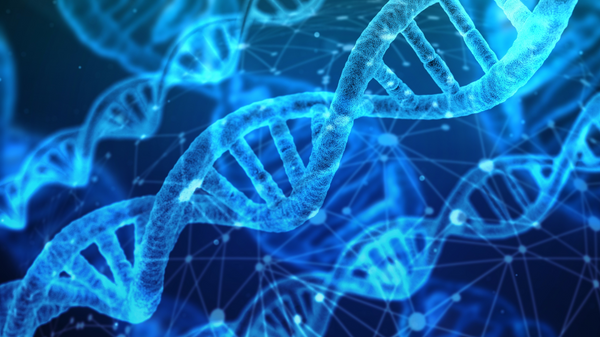
Scientists believe they have found the cause of “Covid-toe”, a side-effect developed by some coronavirus sufferers.
A study has revealed that swelling toes is part of the body’s immune response when fighting coronavirus.
Covid-toe, a type of chilblain lesion, is characterised by red or purple-looking skin that can become painful and pus-filled in some recorded cases. Researchers say the side-effect, which can be seen on fingers as well as toes, has occurred with “increasing frequency” in children and young adults throughout the pandemic.
The study in The British Journal of Dermatology may help patients deal with symptoms, researchers believe.
The research, including 50 patients with suspected Covid-toe and 13 patients with similar chilblain lesions not linked to Covid, found that two parts of the body’s immune system were involved.
One is an anti-viral protein called type 1 interferon which fights invading cells and the other is an antibody that attacks a person’s own cells and tissue – not just the invading virus.
Cells lining the inside of small blood vessels, capillaries, in the affected areas are also involved, according to the researchers at the University of Paris.
They found that vascular damage caused by the virus could explain the red/purple appearance of Covid-toe.
UK podiatrist Dr Ivan Bristow says Covid-toe, similar to chilblain lesions in people who have been in the cold too long or have poor circulation, generally disappears on its own. Some cases, however, may require additional drugs such as creams.
According to Dr Veronique Bataille, a consultant dermatologist and spokesperson for the British Skin Foundation, Covid-toe may be on the decrease as more people are vaccinated than earlier in the pandemic.
“The current delta wave has not generated as many cases [of Covid-toe]. The treatment varies depending on the symptoms and severity of the rash. It is usually self-resolving but can last for many weeks and may also appear quite a while after the acute infection or in previously asymptomatic individuals so the link with Covid infection is sometimes not made,” Dr Bataille says.







